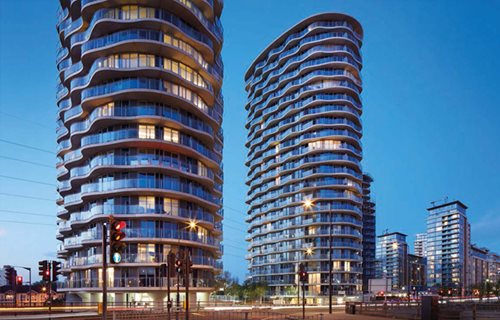6. Resilience
Insight #6: Resilience

5.5m
PROPERTIES ARE
AT RISK FROM ALL
TYPES OF FLOOD
IN ENGLAND
AND WALES
A resilient built environment is one that shows long-term durability, has low maintenance requirements and is resistant to extreme weather events, while remaining adaptable to changing uses. Resilience has become an increasingly important design factor as climate change has moved up the agenda, and issues such as summertime overheating and extreme flooding have come to the fore. Such factors underline the need to consider projects on a whole-life basis for environmental, economic and social impacts.
Concrete is capable of being fit for purpose for thousands of years with relatively little maintenance in a wide range of conditions. It can be used in aggressive and exposed environments such as on brownfield sites and for coastal defences, and can help to mitigate, or even avoid, the impact of extreme weather events.
The inherent thermal mass of concrete is also key to providing future-proof buildings. By moderating temperature extremes, it combats overheating and maintains a comfortable internal environment, particularly when combined with active or passive cooling. Another important performance benefit of concrete is that it does not burn.
Read the Insight #6: Resilience article including:
- Designers have to minimise the risk of overheating, Lynne Sullivan, Good Homes Alliance
- Flood resilient homes